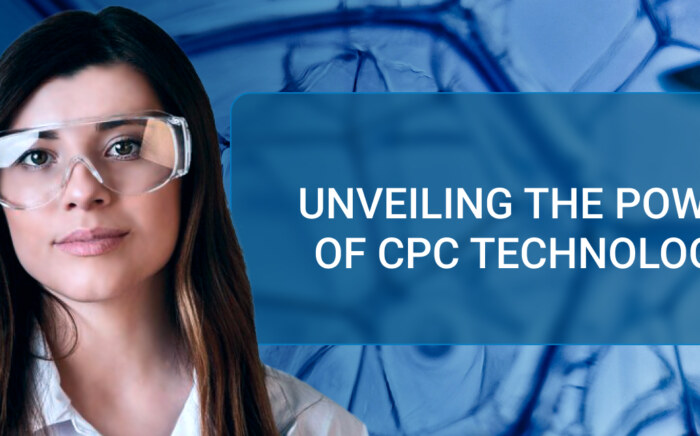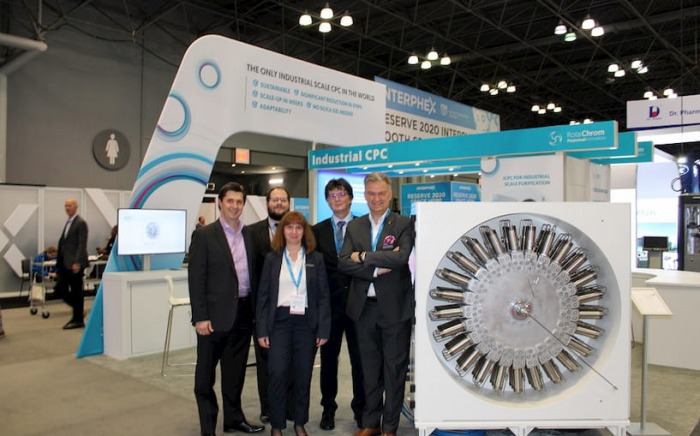Increasing separation efficiency by pH adjustment in Centrifugal Partition Chromatography
NewsFREE ISOMER PURIFICATION WEBINAR
Click here to watch our free webinar about isomer separation.
Introduction: Chromatography and Isomerism
Chromatography has revolutionized the separation and purification of complex compounds, particularly isomers. Isomers, molecules with the same molecular formula but distinct structural arrangements, often exhibit drastically different biological or chemical properties. This makes their separation a critical step in pharmaceutical development, where precision and purity are paramount. One such compound, Voriconazole, presents fascinating challenges and opportunities in the realm of isomer separation.
Voriconazole and Its Isomers
Voriconazole is a 3rd generation antifungal azole medication, vital in combating fungal and yeast infections. Its molecular structure includes two asymmetric carbons, resulting in four stereoisomers: two pairs of enantiomers (mirror-image isomers). Among these, the (2R,3S)-enantiomer serves as the active pharmaceutical ingredient (eutomer), while the (2S,3R)-enantiomer is less potent or potentially bio-inert.
The industrial synthesis of Voriconazole typically yields a racemic mixture containing both the eutomer and its distomer. Traditional methods of separating these isomers, such as optical resolution or standard chromatography, are often inefficient, costly, and environmentally taxing. This is where centrifugal partition chromatography (CPC) steps in as a game-changing solution.
Centrifugal Partition Chromatography: A Green and Efficient Alternative
CPC offers a cost-effective, environmentally friendly, and efficient method for the enantioselective separation of Voriconazole. Unlike conventional techniques, CPC minimizes waste and eliminates the need for hazardous reagents, aligning with regulatory and ecological standards.
Chiral Selectors and Solvent Systems
To achieve enantioselectivity, chiral selectors such as cyclodextrin derivatives were tested in various biphasic solvent systems. Through extensive screening of nearly 90 solvent combinations, an optimal system was identified: n-heptane/ethyl acetate/SBE-β-CD(aq). This setup provided partition coefficients of 1.53 for the distomer (2S,3R) and 0.50 for the eutomer (2R,3S), yielding a selectivity of 3.04 under room temperature conditions without buffer adjustment.
Efficient and Scalable Separation
Using the optimized conditions, a lab-scale CPC separation was conducted in ascending mode. Injecting a racemic mixture dissolved in the upper phase, the method achieved baseline separation within 20 minutes, producing the eutomer with >99% purity and a 95% yield. Additionally, the CPC technique allows for direct recovery of the purified compound in the organic phase, eliminating further processing steps.
Innovation with Stacked Injections
To enhance efficiency and reduce material costs, a stacked injection method was developed. This approach recycles the stationary phase, significantly reducing the amount of cyclodextrin required. In practice, 12 stacked injections over 255 minutes saved 75% of the stationary phase compared to individual runs, without compromising the separation quality.
Recycling and Sustainability
Reusability of the solvent system was rigorously tested. After separation, the organic phase was washed, dried, and distilled, while the aqueous cyclodextrin phase remained intact. Subsequent cycles showed no significant change in retention times or selectivity, proving the system’s durability and cost-efficiency.
Industrial Implications
Traditional methods of purifying Voriconazole yield only 35% of the desired enantiomer in two days. In contrast, CPC enables continuous 24/7 operation on pilot or industrial scales, achieving a 93% yield of optically pure (2R,3S)-Voriconazole with >99% purity. This efficiency underscores CPC’s potential as the go-to method for large-scale enantiomer separation.
Conclusion
Voriconazole’s purification via CPC exemplifies how innovative chromatography techniques can overcome the challenges of isomer separation. By combining precision, efficiency, and sustainability, CPC not only meets but exceeds industry standards.
To explore more about cutting-edge chromatography solutions, visit RotaChrom’s website, or click any of the links below.


